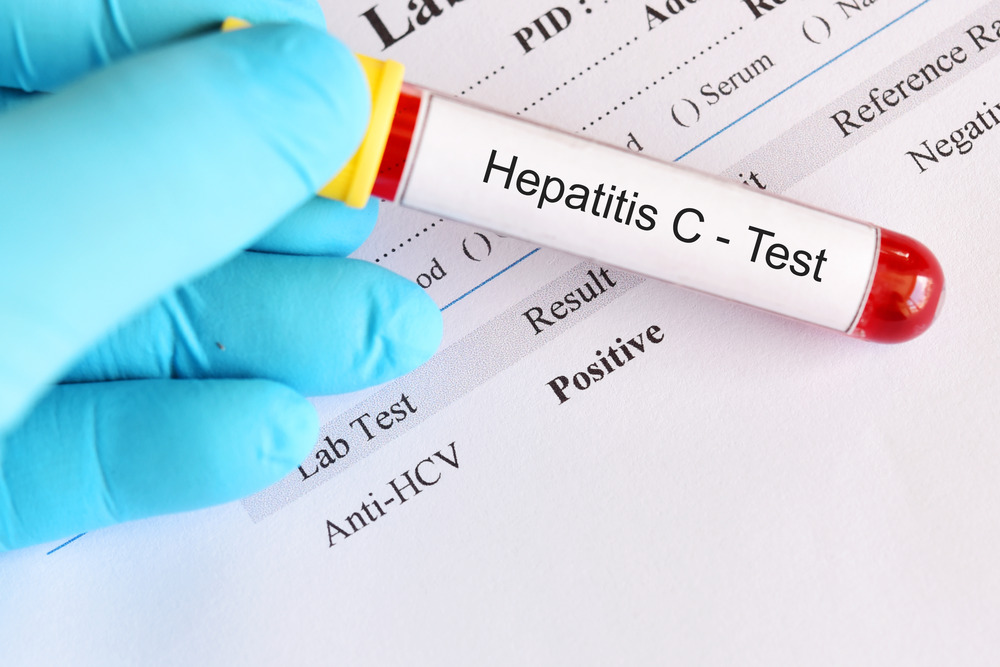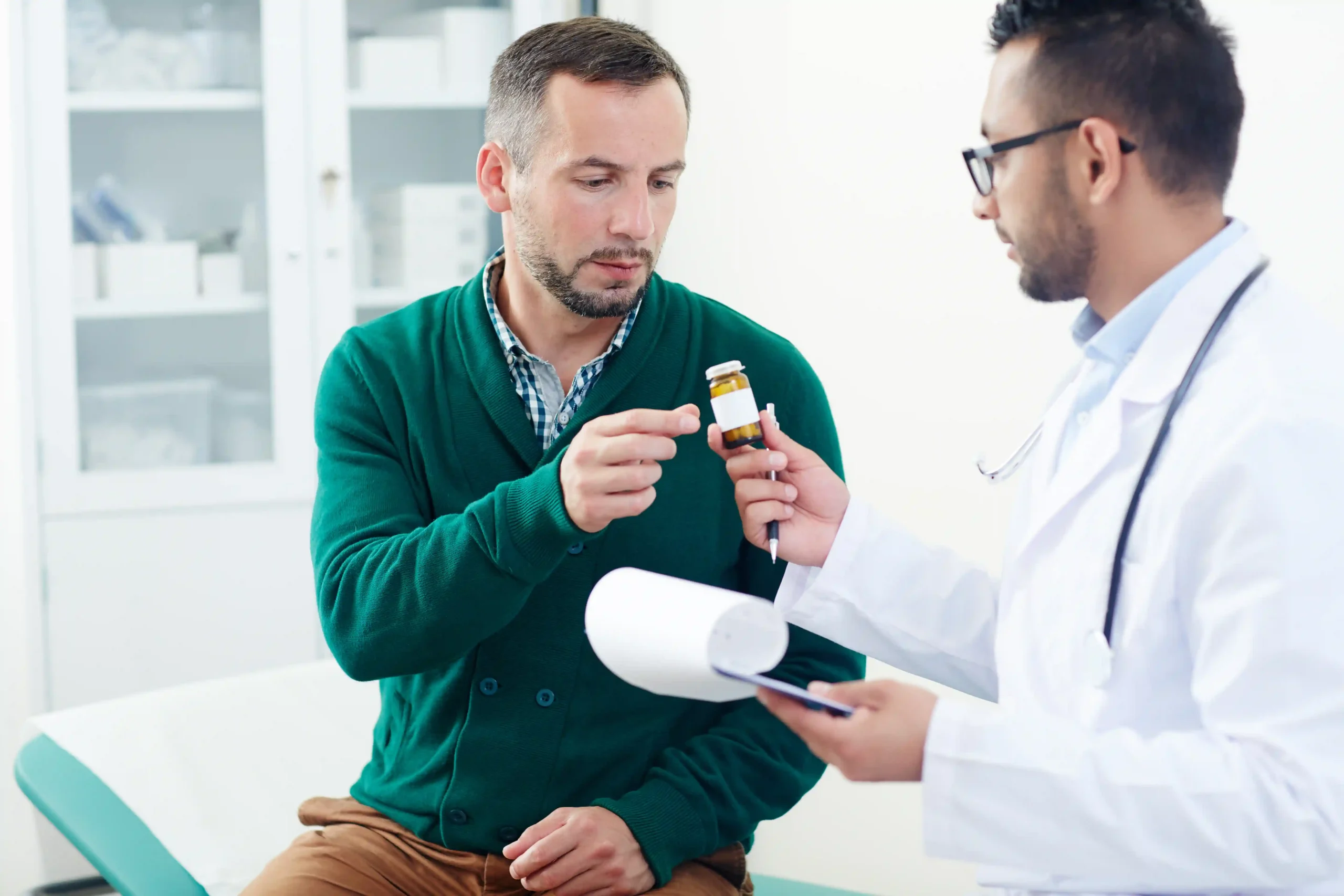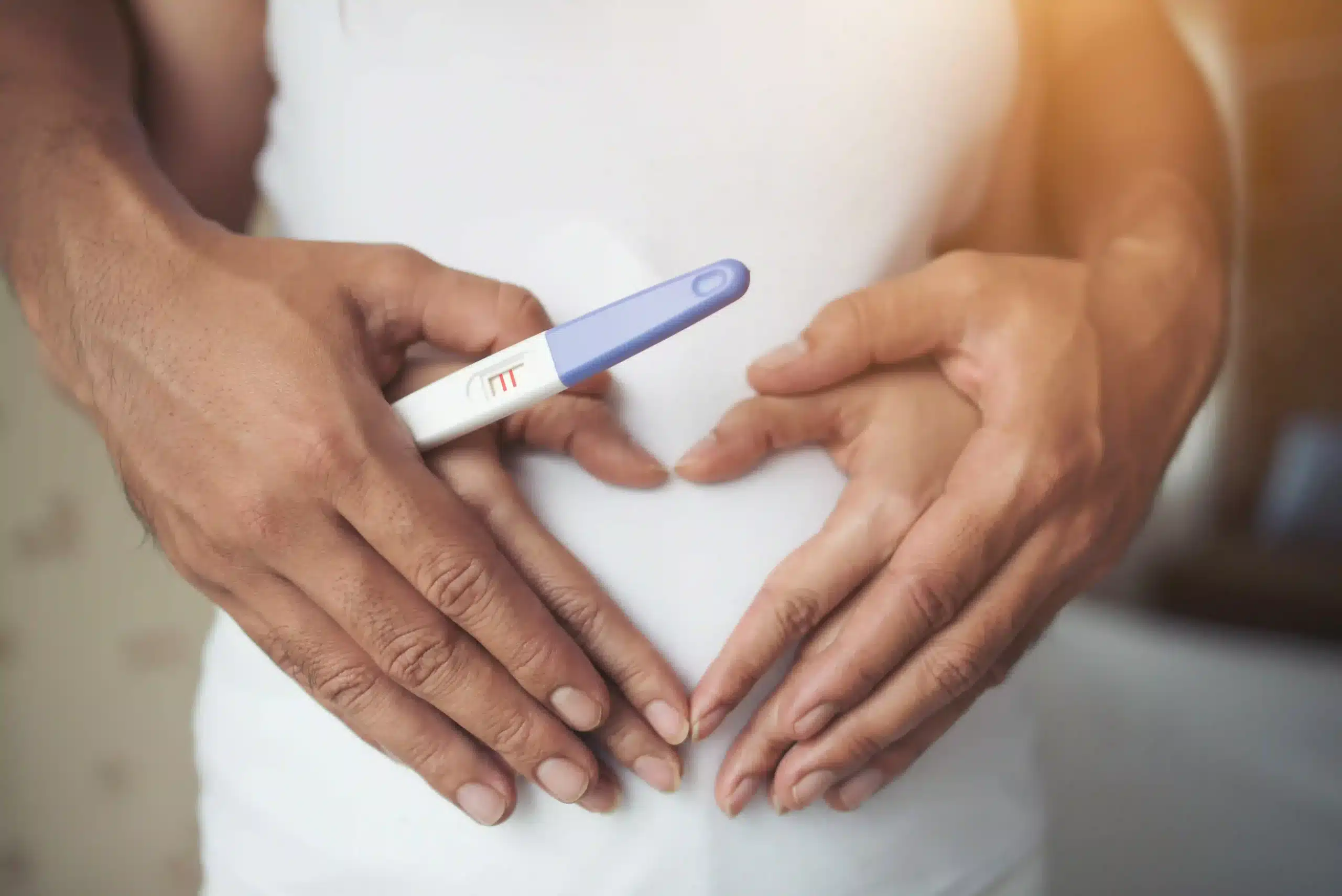
Sexually transmitted diseases are infections that are spread by oral, vaginal, and anal contact, ranging from bacteria and viruses to parasites that infect the reproductive system. While some people think STDs have negligible symptoms or none at all, STDs can cause excruciating pain that needs urgent medical care. Some infections cause such intense burning, throbbing, or stinging pain that it interferes with basic activities, such as walking, sitting, or sleeping. This guide covers what the most painful STDs are, their warning signs, and some practical tips for managing the pain these infections can cause.
7 Most Painful STDs to Live With
STDs can remain undiagnosed for a long time, and early detection can be difficult for many individuals. When symptoms eventually become evident, they can cause pain that profoundly impacts quality of life and everyday functioning. The following are the seven most painful STDs known for their intense and unpleasant symptoms.
1. Herpes
Herpes simplex virus is one of the most distinctive and painful STDs, affecting over 500 million people worldwide. Infection typically starts with burning or tingling in the affected area, followed by the development of small, fluid-filled blisters that later break and become open sores. The lesions cause intense burning and stinging pain that can make basic functions, such as urinating, walking, and sitting, painful. The initial outbreak is typically the worst, with pain appearing within 12 days and lasting for 2–4 weeks. The first outbreak is also frequently accompanied by flu-like symptoms, including headache, fever, and swollen lymph nodes. Although subsequent outbreaks are less painful and shorter in duration, the unpredictable nature of herpes flare-ups can cause ongoing physical and emotional suffering.
2. Gonorrhea
Gonorrhea is a bacterial infection that can cause pain while urinating. To many patients, the pain feels like a sharp, stabbing, and burning sensation that makes each bathroom visit extremely difficult. This symptom can begin within 2–10 days of infection and may be accompanied by thick, pus-like discharge that may contain blood. Severe pelvic cramps are also possible, and they can feel like piercing pain throughout the lower abdomen. If gonorrhea spreads to the joints, it produces shooting pain and swelling that make it extremely difficult to move, particularly the knees and the ankles. Untreated gonorrhea can cause pain that lasts for months.
3. Syphilis
Syphilis is a bacterial infection that occurs in four stages, with the second stage causing widespread body aches and muscle pains, typically 2 to 12 weeks after exposure. This pain is often worse than similar flu symptoms and can significantly interfere with daily functioning. Patients can also experience severe headaches, a chronic sore throat, and extreme fatigue, which may continue for several weeks or months without treatment. Other common symptoms in the secondary stage include fever, sore lymph nodes throughout the body, hair loss, and a rash all over the body, including on the palms and the soles. Syphilis can also cause wart-like growths on the skin, vision problems, depression, delirium, dementia, and personality changes if left untreated.
4. Trichomoniasis
Trichomoniasis is caused by a tiny one-celled parasite and leads to extreme irritation and inflammation of the genitalia. The infection typically causes constant itching and burning, which may worsen at night, and it has a significant impact on sleep and normal routine. Some people experience severe vaginal pain and abnormal discharge with a strong, fishy odor, whereas others feel itching, burning, or pain in the penis. Burning while urinating may be as extreme as that experienced with urinary tract infections (UTIs). Sexual intercourse also becomes uncomfortable and painful because of the inflammation and the irritation caused by the parasite. Symptoms appear between 5 and 28 days following infection and persist for an extended period of time without treatment, potentially resulting in chronic pain, including pelvic inflammatory disease (PID) and chronic prostatitis.
5. HIV
HIV is a viral infection, and its acute phase brings fatigue with agonizing muscle and joint pain that makes simple movements feel overwhelming and exhausting. The intense pain can trigger severe headaches that don’t respond well to typical pain relievers. The acute phase usually occurs 2–4 weeks after exposure, and some individuals also develop a severe sore throat that makes swallowing liquids feel like razor blades. In addition, lymph nodes can become inflamed, leading to painful sensations in other parts of the body. These flu-like symptoms can last for weeks, leaving patients bedridden and unable to perform daily tasks for extended periods. As the immune system weakens progressively, secondary infections become increasingly problematic, causing pain through nerve damage, mouth ulcers, and other opportunistic conditions that create discomfort in different body parts.
6. Human Papillomavirus (HPV) With Genital Warts
HPV comprises two classes of viral infections, some of which result in anogenital warts. In a minority of individuals, warts can cause persistent itching and burning that may amplify with friction from clothing or physical activity throughout the day. The warts appear as small bumps that may grow into cauliflower-like lumps and may become increasingly painful. The growths can appear weeks to months after the initial infection, and contact with them during sex can sometimes cause bleeding and pain, making sexual relations impossible for some. The infection usually clears on its own, but the pain can last for several months to two years.
7. Chlamydia
Chlamydia is one of the most common bacterial STDs, often causing burning when passing urine that gradually intensifies without treatment. The infection frequently produces potentially foul-smelling discharge and can initially be mistaken for a UTI, but the pain becomes worse over time. People with uteruses may experience deep pelvic pain ranging from dull aches to stabbing, particularly during vaginal sex, menstruation, and physical activity. Individuals with penises can develop painful, swollen testicles that are aggravated by movement. Symptoms typically appear between 1 week and 3 months after exposure and may persist for months unless treated with antibiotics. An unaddressed infection can lead to serious complications if it enters the upper reproductive system, such as PID and infertility.
Pain Management For Painful STDs
If you have a painful sexually transmitted infection, in addition to treating it, finding relief is a priority. Fortunately, there are some effective pain management methods to ease your discomfort while your body heals.
Below are some methods of getting relief from STD pain.
- Cool compresses: Wrap ice in a soft cloth and place it on painful areas to numb them and to reduce swelling. Apply compresses for 15-20 minutes at a time, repeating every few hours if your pain flares up. This method works especially well when you need to soothe burning sensations and get fast relief from intense symptoms.
- Over-the-counter pain medications: Taking standard pain relievers like ibuprofen or acetaminophen can help control mild and moderate pain caused by some STDs. In many cases, these medications effectively reduce inflammation and pain signals.
- Comfortable clothing: To prevent your garments from rubbing against sensitive areas and causing irritation, you should wear loose, breathable clothes. Cotton underwear and clothing are best because they absorb moisture and allow air circulation around affected areas.
- Antibiotics or antivirals: Having the proper prescription medication from your healthcare provider addresses the root cause of your pain by treating the infection. These targeted medicines attack the bacteria or the virus responsible for your symptoms. You must always complete the full course of treatment to prevent the infection from coming back.
- Hydration: Drinking a lot of water helps your body remove toxins and can alleviate the burning sensation during urination. Proper hydration also supports your immune system’s ability to fight off the infection.
When to Seek Medical Attention?
Getting medical help is crucial when you notice unusual bodily changes, have intimate contact without protection, your partner shows signs of infection, or you’re pregnant and start showing STD symptoms. Waiting too long to get care because you’re unsure can have a lasting impact on your health. In some cases, when infections go untreated, they can cause infertility, PID, chronic prostatitis, and ectopic pregnancy. Early treatment prevents these health problems and keeps you from transmitting the infection to others.
Summary
The intense pain from STDs like herpes, gonorrhea, and syphilis can make everyday activities very difficult, which is why recognizing symptoms early and getting proper treatment is essential for your health. Without timely medical intervention, these infections can escalate to serious complications like infertility, chronic pain, and damage to vital organs in your body. Equality Health offers confidential STD testing, treatment for syphilis, chlamydia, gonorrhea, trichomoniasis, and HIV, and personalized care plans to help you manage your sexual health. Book safe testing with our experienced medical team today and receive the professional treatment you need to recover and to protect your well-being.
Frequently Asked Questions (FAQs)
Chlamydia is not very painful for most people. The infection often causes mild discomfort or no symptoms at all, though untreated cases can lead to more severe pain.
Several STDs can be painless, including chlamydia, gonorrhea, HPV, and early-stage syphilis. These infections are often spread unknowingly because some individuals exhibit no symptoms despite being infected.
Herpes is the primary STD that causes painful sores and blisters on or around the penis, vulva, anus, or mouth. The sores will typically burn and sting, and are especially unpleasant during the first outbreak.
Chlamydia, trichomoniasis, and gonorrhea are the most common STDs that cause burning with urination. Bacterial infections inflame the urinary tract, leading to a stabbing, stinging sensation when you pee.
HIV can cause pain during the initial stage, primarily in muscles and joints. These symptoms feel like the flu and typically occur 2-4 weeks after exposure, although many people do not exhibit early signs. Not everyone will develop these symptoms, so the only way to find out whether you have HIV is to be tested for it.
No, most STDs that cause internal pain have no visible signs. For example, chlamydia can lead to pelvic or testicular pain without any skin sores or rashes. Because you can have a painful infection that’s completely hidden from view, routine screening is essential.




